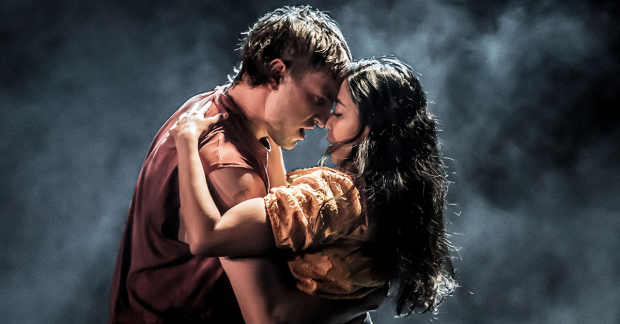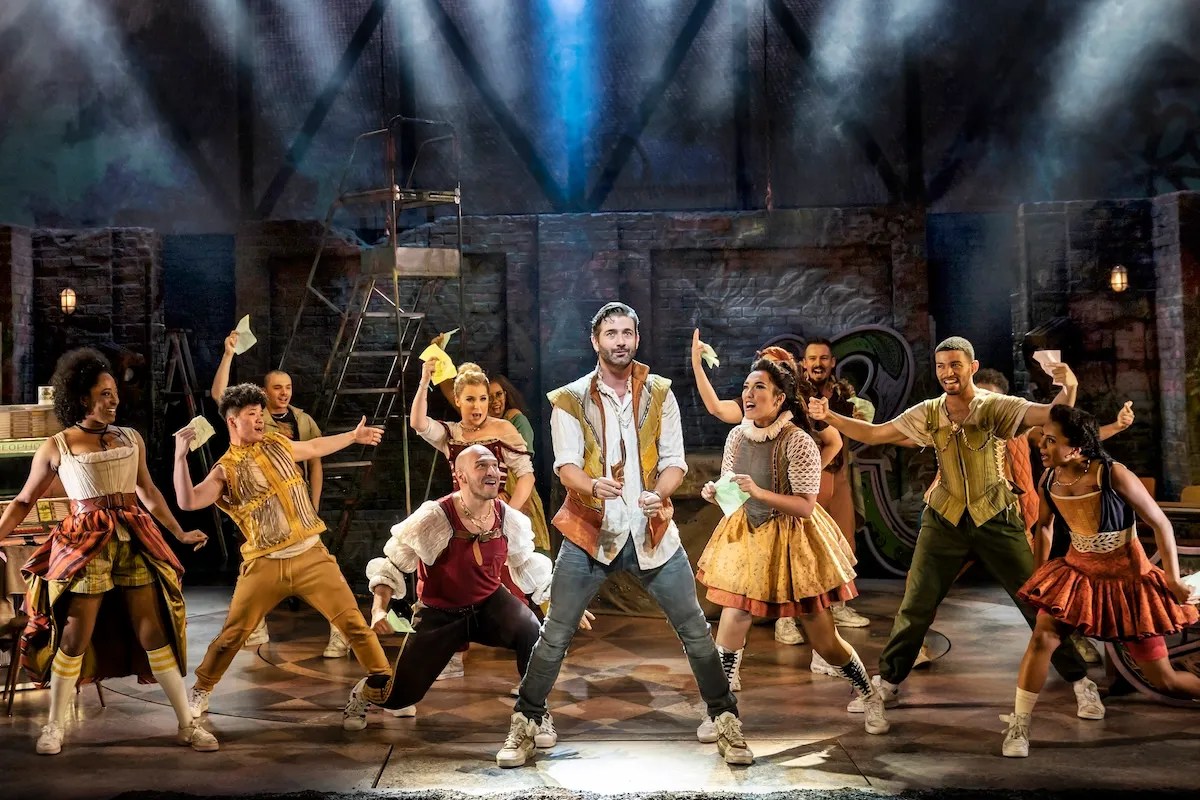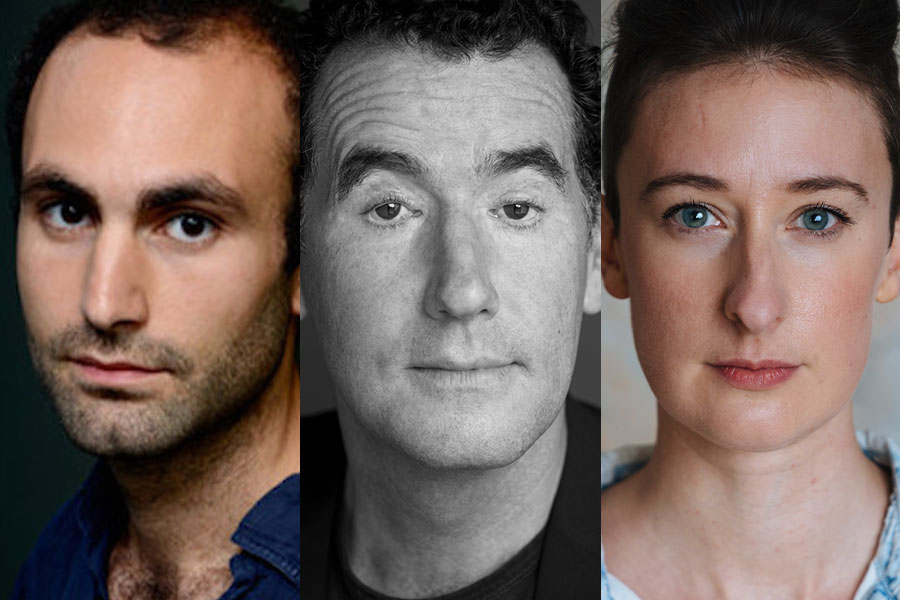”Women, Beware the Devil” review – latest Almeida show is a sinfully wild experience
The Devil himself greets us at the start of Lulu Raczka’s tonally wild yet impressively watchable Women, Beware the Devil, which has its world premiere at the Almeida.
Dropping some spoilers and warning us that we’ve got a long play in store while clutching a recent newspaper, the horned and beguilingly suited figure (played by a moustachioed Nathan Armarkwei-Laryea, who proves himself a perfectly chameleon presence across the 135-minute evening) transports us back to 17th century England – a time of national strife as the King is cast down from the throne and Civil War erupts.
It’s a juicy setting. As any early modern British historian would wax lyrical about, the 1600s see a complete usurpation of the body politic – the head is removed, and what remains is monstrous, floundering in death throes and contorted limbs. In that respect, Raczka has chosen the perfect canvas for a tale of witchcraft, class conflict, thrills and intrigue.
Like a mash-up of Crimson Peak, The Favourite and even a little dose of Downton, the script follows wealthy homeowner Elizabeth (Lydia Leonard, equal parts wiliness and desperation) who recruits the local dark arts dabbler Agnes (Alison Oliver, given much more to do here than in the staid Conversations with Friends TV series) to convince her brother Edward (an unendingly magnificent Leo Bill) to cop off with his new wife Katherine (Ioanna Kimbook, perfectly pitched) in order to secure the family line and keep her family’s wealthy status in-tact. Carnal, comedic and quirky, from there things spiral from bold to bloody as the Civil War commences and the blood begins to spill.
Individual motivations spiral out of control as things progress – exacerbated by Agnes’ Faustian bargain, backstabbing and generally anarchic scheming – but the broader sense of tension manages to build in Rupert Goold’s relatively assured production. Crafting the illusion of depth and cavernous mansion house halls (fans of Raphael’s Renaissance work will be proud), Miriam Buether’s set is convincing (though has echoes of the music video for “I Know Him So Well” from Chess).
While violent in places (apparently scenes of eye-gouging were taken out during prep for being too bloody), central themes of gender, marriage, child-birth and social upheaval in a time of outright religious turbulence are all meaty, and shown to great effect. The way in which witchcraft and working class culture is appropriated by the upper classes (Elizabeth desperately wanting to use Agnes’ ‘gifts’ to secure her own wealth) for their own need is also pertinent, and fascinating.
It’s also funny as sin – Bill’s constant obsession with beef draws waves of laughter, while anachronistic turns of phrase in the second act make the post-interval experience much brighter and punchier.
Bill and Leonard seem firmly at-ease with the eccentricities of Raczka’s writing, whereas others seem hamstrung by its more extreme shifts in tone. Characterisation remains patchy (Do characters want to save the house? Do they want to burn it all down?) and some scenes feel too short whereas others overstay their welcome. Like a panel from Bosch’s Garden of Earthly Delights, the hellish mania is enthralling, if lacking in cohesion.












